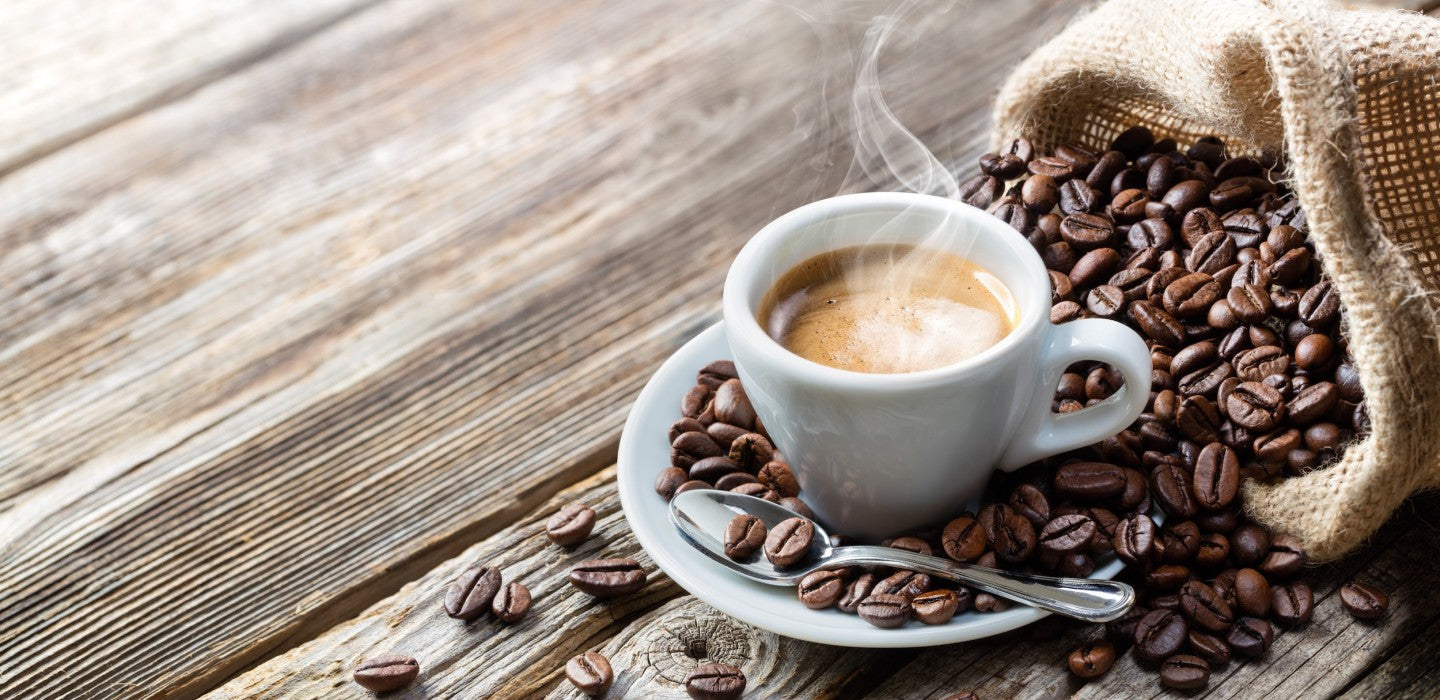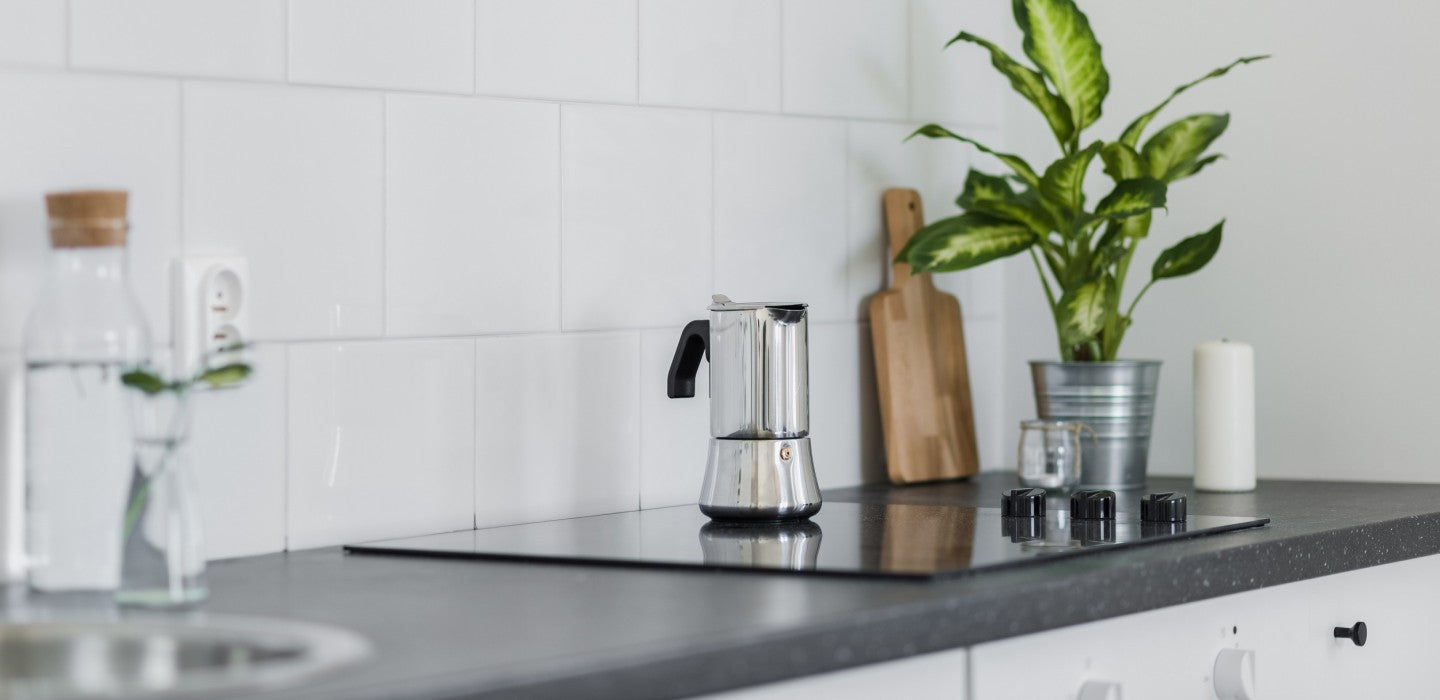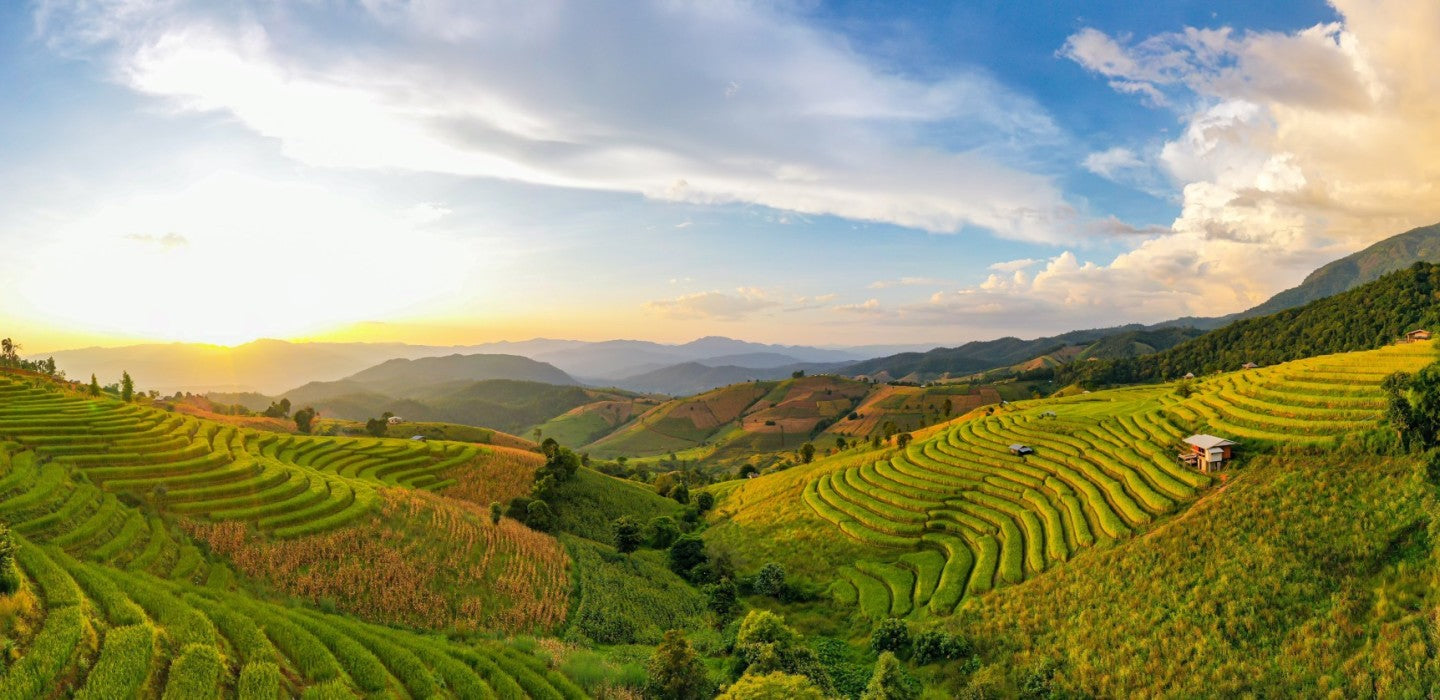Espresso Cups
Content
A Brief Primer on Espresso Cups
For the uninitiated, an espresso cup, also known as a "demitasse," is a petite, thick-walled vessel designed to serve a tiny but robust shot of espresso. While size and material can vary, the standard espresso cup is crafted from quality materials such as porcelain, earthenware or glass. Its size and structure play an instrumental role in the sensory experience of relishing an espresso shot. But there is so much more to it than just that. Dive in further to unveil the fascinating world of espresso cups.
Why Thickness Matters in Espresso Cups
An espresso cup is generally recognized by its thick walls and base. This is not design quirk. There's an intriguing scientific reasoning behind it - it's meant to enhance insulation. The exceptional insulation capability of thick-walled cups ensures your precious brew stays hot for an extended time period. As espresso is commonly consumed quickly after preparation, this design aspect ensures that it remains at the perfect temperature – warm enough to enjoy immediately, yet not too hot that it scalds your lips.
Giving an extra edge to temperature management, high-end coffee houses often preheat espresso cups, ensuring the espresso stays optimally warm from the first sip to the last.
Volume Capacity of Your Typical Espresso Cup
The classic espresso cup typically can hold around 60 to 80 milliliters of liquid-- the perfect amount for a standard shot of espresso, which usually measures around 40 milliliters. Espresso aficionados often prefer their shot as "doppio" or double espresso, which as the name suggests, consists of nearly 80 milliliters of liquid. Depending on the size of the espresso cup, a double espresso shot can be served in a single cup filled to the brim or in a larger cup such as a cappuccino cup.
Espresso: A Concentration Caffeine
The caffeine content in an espresso shot varies based on numerous factors including the coffee variant, its quality, and the method of processing. However, on an average, we can expect around 25 to 30 milligrams of caffeine per 100 milliliters of espresso. This means a standard espresso shot of 40 milliliters served in the typical espresso cup would have approximately 10 to 12 milligrams of caffeine—just enough for a quick pick-me-up without causing the jitters.
Tracing Back the Roots of the Espresso Cup
The tradition of savoring espresso shots hails from the inviting coffee culture of Italy, where it's referred to as ‘caffè'. The iconic thick-walled espresso cup too owes its origin to this proud heritage. Even today, the bustling coffee bars across Italy, these petite cups remain the preferred choice for serving espresso, often paired with a glass of water.
A Deeper Dive into The Art of Espresso Cupping
Symbolizing the unity of aesthetics, design, and functionality, the humble espresso cup is a testament to the finer nuances of coffee culture. Beyond the realm of function, espresso cups also lend a sense of ritual, craft, and elegance to the overall coffee experience. Our exploration into espresso cup reveals that there’s more than what meets the eye, pouring love to the delightful pour of espresso. The espresso cup stands as a testament to tradition, purpose, and intricate design, setting the stage for the daily ritual of imbibing espresso in its authentic essence.
Adopting the use of an appropriate espresso cup is not just about following tradition—it's about getting the most out of your espresso experience. From retaining temperature to the concentration of flavors and aroma, the right espresso cup can remarkably improve the sensory journey of your espresso.
Decoding Espresso: A Journey of Taste and Heritage
Intricately crafted, aptly served, and swiftly consumed, espresso is, at its core, an emotion encapsulated in a petite cup. The espresso cup, with its distinctive design and function, serves a fundamental part of this cherished coffee tradition.
The coffee world is indeed deep, varied, and exciting. As much as the beans, the brewing method or the barista, your espresso cup indeed influences how you perceive espresso. It might appear as a small player in the vast coffee landscape, but it indeed a pivotal role in crafting a memorable coffee experience.
Indulging in espresso is akin to participating in a long-standing tradition that surrenders a short-lived, but intensely flavorful break from reality. The humble espresso cup partners this fleeting escape, offering the robust coffee experience in tiny, measured doses that burst with flavor. So, the next time you reach out for your espresso cup, take a moment to appreciate the intricate design and function it provides to each sip you savor.



Leave a comment
This site is protected by hCaptcha and the hCaptcha Privacy Policy and Terms of Service apply.